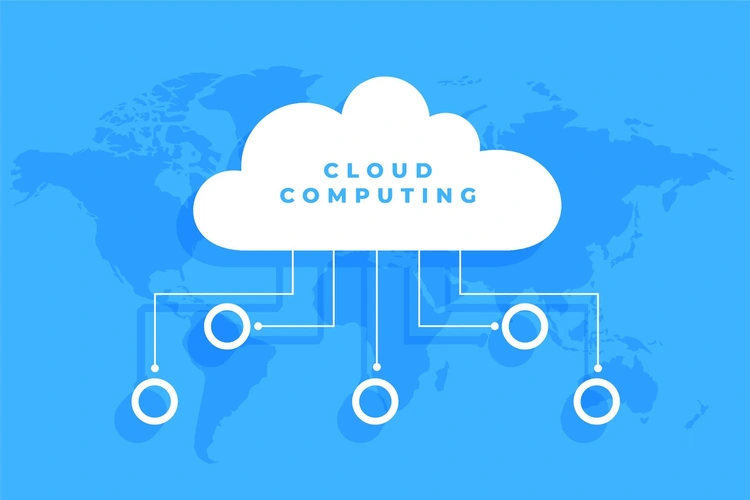If you’re coming from a non-technical background and planning to switch to IT while specializing in cloud computing, the terms and even fundamentals can feel intimidating.
However, the good news is that as a beginner, you only need to understand core concepts, which are often repeated across providers. Still, it is understandable that you might be unsure what to expect from your cloud computing course.
Here’s a quick overview of what you should expect and why it matters.
What “The Cloud” Really Means
To become comfortable with cloud computing, you need to understand what the cloud is.
Think of the cloud as renting technology instead of buying it, i.e., you don’t purchase servers or storage, you use what you need from a provider and pay for the time or space you used.
Now, this “renting” aspect of the cloud provides three primary benefits to beginner cloud professionals:
No hardware to manage: You don’t install machines or replace parts.
Scales up or down: Start small, then add more power when a project grows.
Accessible anywhere: You can work from home, campus, or the office with a basic internet connection.
The Four Beginner Building Blocks of Cloud Computing
It doesn’t matter what training provider you choose; all of them, especially the ones targeted towards beginners, will cover the following four ideas foremost:
- Compute Engine (Virtual Machines): A virtual computer is sort of like a platform that allows you to use it to run software or small practice projects.
- Cloud Storage (Object Storage): Much like storage in your mobile device, it is a safe place to keep files like photos, backups, or logs. The only difference is that it is online.
- Databases: These are tools used for storing information like customer lists or product inventory in an organized way so applications can quickly locate and use them as needed.
- Identity & permissions: Simple rules that say who can see or change what. This keeps your stuff private and prevents accidents.
NOTE: These four make up the basis of cloud computing. Therefore, once you understand these four, you can learn advanced cloud computing concepts as well.
What Beginner Labs Should Look Like
It should be noted that if you enroll in a reputable cloud computing course, it often comes with simulation labs, which are virtual, of course. These are activities that allow you to understand how to apply knowledge practically.
Activities typically include:
- Setting up a virtual machine: You’ll be guided on how to turn it on, log in, install one app, and shut it down.
- Uploading and organizing files: Again, a simple process of making folders, setting permissions, and recovering a file you deleted by mistake.
- Launching a simple website: Use a basic template and connect it to storage for images.
- Creating a small database: Add a few rows, then search and sort them.
How “Cloud Online Training” Usually Runs
Online cloud training lessons are usually short and bi-weekly, often followed by a lab.
While the actual schedule of the course will depend on your training provider, the first four weeks might look like this:
- Week 1: Vocabulary & navigation
This is where you’ll learn where things live in the console. Practice turning a virtual machine on and off and keeping notes on each step.
- Week 2: Files & sharing
Once you understand the basics, you’ll upload documents to cloud storage, set who can view them, and try restoring a previous version.
- Week 3: Simple website
Publish a basic page, change the title and an image, and verify it works on your phone. - Week 4: Tiny app idea
Store five to ten records in a small database (books, recipes, tools—anything). Make a simple page that shows them.
By the end, you’ll understand how the pieces connect and—more importantly—you’ll feel confident working in the cloud environment.
